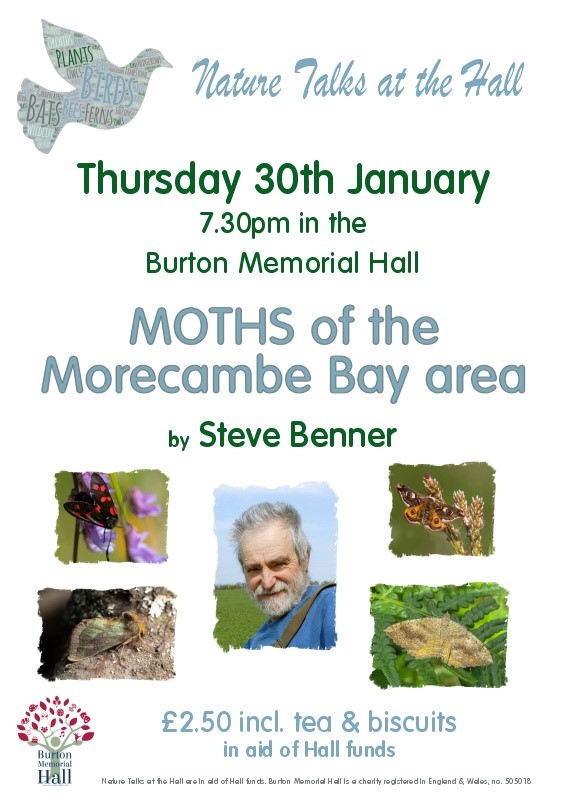+(Large).JPG) |
| Common Cow-wheat (Melampyrum pratense) on Lancelot Clark Storth |
Friday 27th June 2014
Set off from within Lancelot Clark Storth with the main agenda set to check out some of the Dark Red Helliborines (e.atrorubens) and to check out the rare Hypericum Montanum ss. perforatum.
.JPG) |
| E. Atrorubens |
Straight away the deer were "barking" at me, could only have been 75 yards away. And "ticks" where everywhere, in fact I crossed through the footpath which goes through "Ticks Nursery" has I have called it and got covered with scores of them. So it was necessary to spend at least five minutes smacking all the ticks off the bottom sections of my trousers, whilst mumbling to myself "Consider youself well ticked off".
Found this year that the Common Cow Wheat had spread to further parts of the pavements which is really good news. I have tried to map it out. I also found lots more Hypericum up there and it was what I would have expected Slender St. Johns Wort (Hypericum pulchrum), another "perforatum" species.
Other stuff noted on my travels was Enchanters Nightshade, Meadowsweet, Yellow Pimpernel, Betony. And on one of the pavements I was suprised to find a couple of clumps of the Pill Sedge (Carex pilulifera)
(see photo).
.JPG) |
| Another of todays Dark Reds |
Whilst on my way up checked out several of the Dark Red Helliborines and its obvious that most of them have now opened up with their flowers, so what that means for me is "Move up a gear over the next two or three weeks" because it will be out every day checking out all these beauties on the nearby pavements to try and find the rare elusive "Schmalhausenii" hybrids which are on Hutton Roof.
I also checked out the small area which always produces lovely E. Helliborine "purpurea" specimens and sadly two of the usual beauties have already had their spikes taken off, having succumb to the hungry deer, but not to worry there are still a few of what might turn out to be extra colourful examples.
.JPG) |
| Hypericum Montana ss Perforatum (Pulchrum) |
Next stage was to locate those rare beauties which would commonly be called the Pale St. John's Wort (Hypericum Montanum), and all have come up again this year. A couple have flowers just starting to come out. There is one place with two, the main group holds eight with another single one a metre away, and ten metre away from the main group is another area with two flowers. I really would love to get to the bottom of the story of these "peculiar" Montanums. Yes they are weird in so much they have "perforated" leaves, whereby the norm shows they should not have "perforated" and also I am told that the yellow petal colours on these are far deeper in colour than that of the normal Pale St Johns. I have tried to get help on determination before but as yet without success so for now until I can get to the bottom of it, I am calling them "Hypericum-Montanum-ss Perforatum" and I would love to add to that the name "Pulchrum" because I bet at the end of the day they have possibly bred with the only other perforatum species in the close vicinity. If there is anyone who thinks they can help on this situation I would welcome them getting in touch with me.
.JPG) |
| Pill Sedge on Limestone! |
Also today just one Dark Green Fritillary, 3 Small Pearl Bordered Fritillary with one of them very pale specimens already, countless numbers of Ringlets and Meadow Browns. Also some Speckled Woods in or near woodland rides etc.
Also, 2 Chiffchaffs, 1 Blackcap and that was it for Warblers.
Looking more like our Cuckoo's departed last Friday 20th June from Dalton Crags. Tonight Swift watching with the Burton Swift Group in Burton In Kendal's Main Street - WE ARE MEETING UP AT 2130HRS AT THE BURTON MEMORIAL HALL AND ANYONE WISHING TO COME ALONG WOULD BE MOST WELCOME.

.jpg)
.jpg)




.jpg)




+(Small).jpg)
.JPG)




















